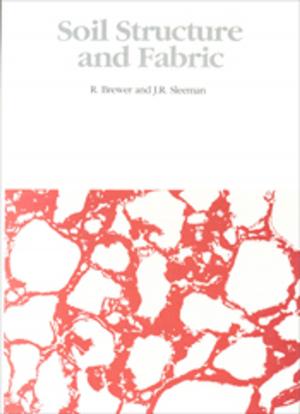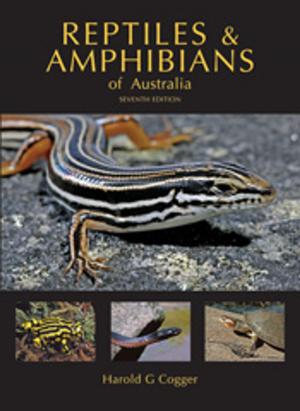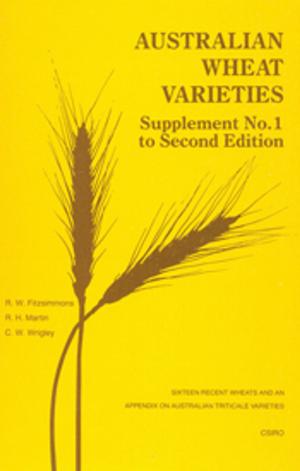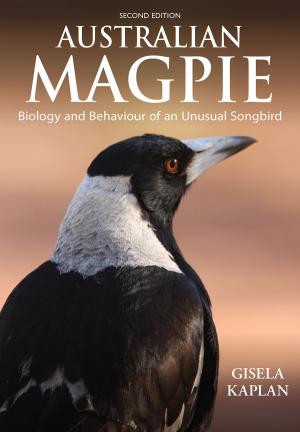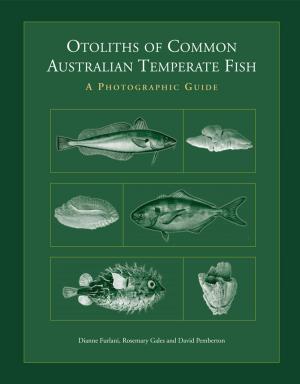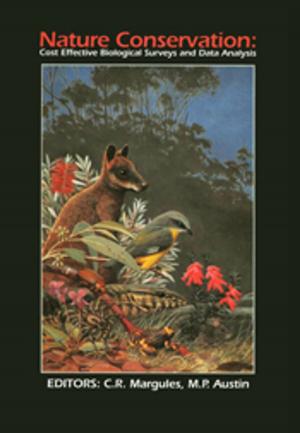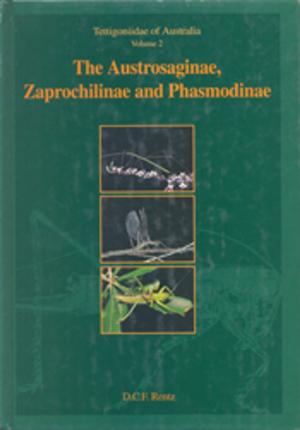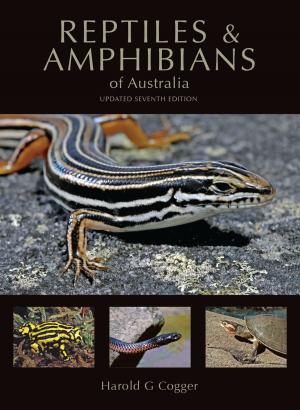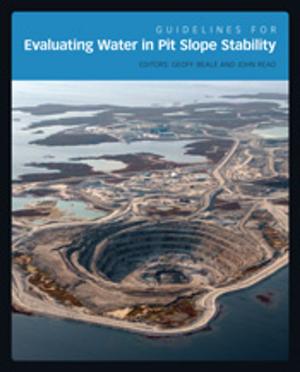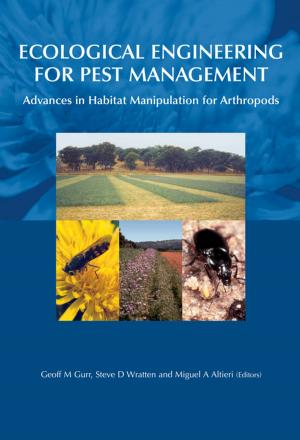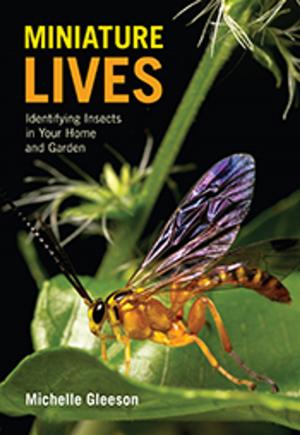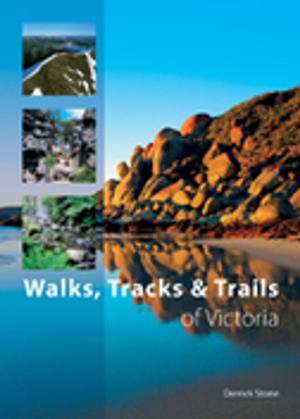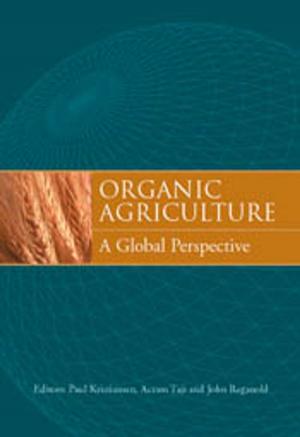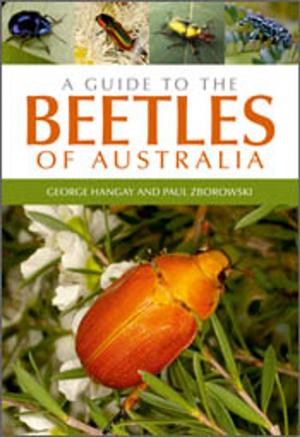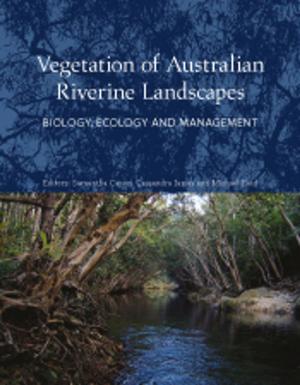The Gold Coast Transformed
From Wilderness to Urban Ecosystem
Nonfiction, Science & Nature, Technology, Nature, Business & Finance| Author: | ISBN: | 9781486303311 | |
| Publisher: | CSIRO PUBLISHING | Publication: | March 23, 2015 |
| Imprint: | CSIRO PUBLISHING | Language: | English |
| Author: | |
| ISBN: | 9781486303311 |
| Publisher: | CSIRO PUBLISHING |
| Publication: | March 23, 2015 |
| Imprint: | CSIRO PUBLISHING |
| Language: | English |
The Gold Coast is one of Australia's premier tourism destinations, a city cut out of coastal vegetation, including paperbark swamps, mangroves and rainforests of worldwide significance. The Gold Coast Transformed is a collection of integrated chapters identifying and assessing the environmental impacts of the building of Australia's sixth largest city. From the time of the first timber-getters through to the present, the book traces the cumulative impacts of humans on the now World Heritage-listed rainforest and surrounding ecosystems. The city's natural and engineered environments are both fascinating and vulnerable. The construction of massive high-rise apartment blocks, on what were frontal beach dunes, is one of the fundamental mistakes not to be repeated. The book illustrates how and why major environmentally destructive development took place and discusses the impacts of such development on the Gold Coast's beaches, wildlife, and terrestrial and marine environments, such as the destruction of riparian mangrove forest. The Gold Coast Transformed also shows the possibility of sustaining natural populations and reducing the city's ecological footprint. It will be of interest to ecologists, environmental scientists and managers, town planners, economists, policymakers and the general public.
The Gold Coast is one of Australia's premier tourism destinations, a city cut out of coastal vegetation, including paperbark swamps, mangroves and rainforests of worldwide significance. The Gold Coast Transformed is a collection of integrated chapters identifying and assessing the environmental impacts of the building of Australia's sixth largest city. From the time of the first timber-getters through to the present, the book traces the cumulative impacts of humans on the now World Heritage-listed rainforest and surrounding ecosystems. The city's natural and engineered environments are both fascinating and vulnerable. The construction of massive high-rise apartment blocks, on what were frontal beach dunes, is one of the fundamental mistakes not to be repeated. The book illustrates how and why major environmentally destructive development took place and discusses the impacts of such development on the Gold Coast's beaches, wildlife, and terrestrial and marine environments, such as the destruction of riparian mangrove forest. The Gold Coast Transformed also shows the possibility of sustaining natural populations and reducing the city's ecological footprint. It will be of interest to ecologists, environmental scientists and managers, town planners, economists, policymakers and the general public.

